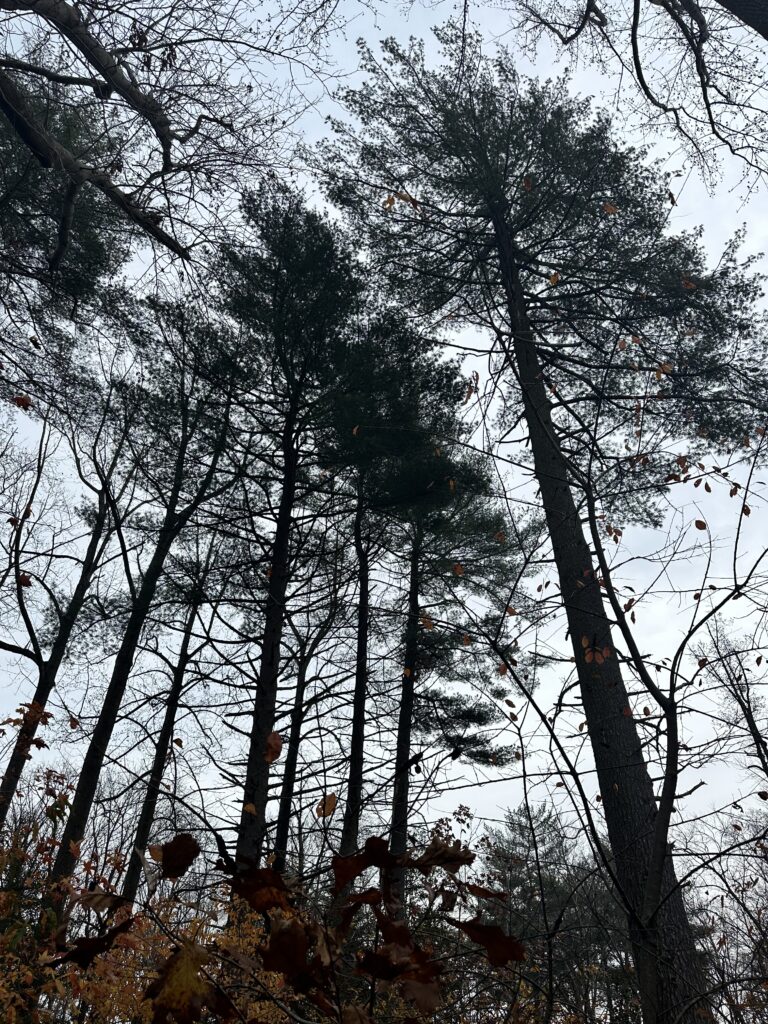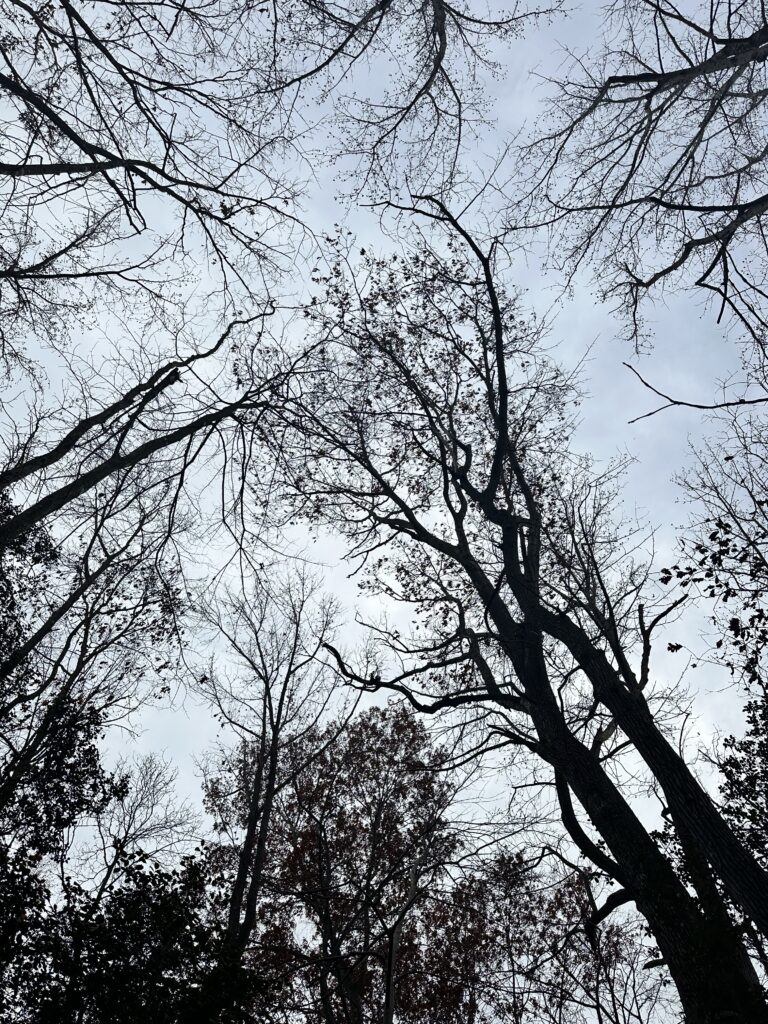New Place Discoveries vs. Centennial Woods

Welcome the woods behind my neighborhood! It does not really have a name just woods. The scenery in Sussex County Delaware is corn fields and chicken house, with these patches of woods between the fields. Particular with this patch, there is a creek and floodplain running through it. With a makeshift trail that hunters use, that my dog and I walk on, all the time. The floodplains which always has water in it, has mud island where trees grow. The ducks and Canadian Geese love to sit and feed there. Along with grey squirrels running up and done the trees, eating acorns. The floodplains and creeks being next to the crop fields, provide a natural filtration system for the natural runoff of nutrients. This keeps less nutrients out of our ocean which makes it cleaner. This helps with tourism and the whole system being full circle is overall better for Delaware’s ecology. Comparing to Centennial Woods, there is many similarities with overall ecological systems. Runoff from urban area end up in the watershed, which acts as filtration for nutrients before they end up in Lake Champlain. The waterway that runs through Centennial acts a feeding ground for bird any many other animals. However, there is not a lot of squirrels running around.


As you walk through, the majority of tree species found are American Holly, oaks, sweetgum, Virginia pine, White pine, and Loblolly pine. The ground is always covered in leaves unlike in Centennial, the ground is only covered in leaves during the fall and pine needles the rest of the year. Hollies don’ t really drop their leaves, it is a slow process. The rest of the trees except pines drop all of their, so its half bare in the winter. The most abundant tree growing in Delaware are the American Hollies. Centennial Woods at eye level is very bare because all of the trees drop their leaves except the Eastern White pine but there in the upper canopy, so you don’t see them at eye level. Centennial’s main tree species are maples, birches, oaks, and white pines.


